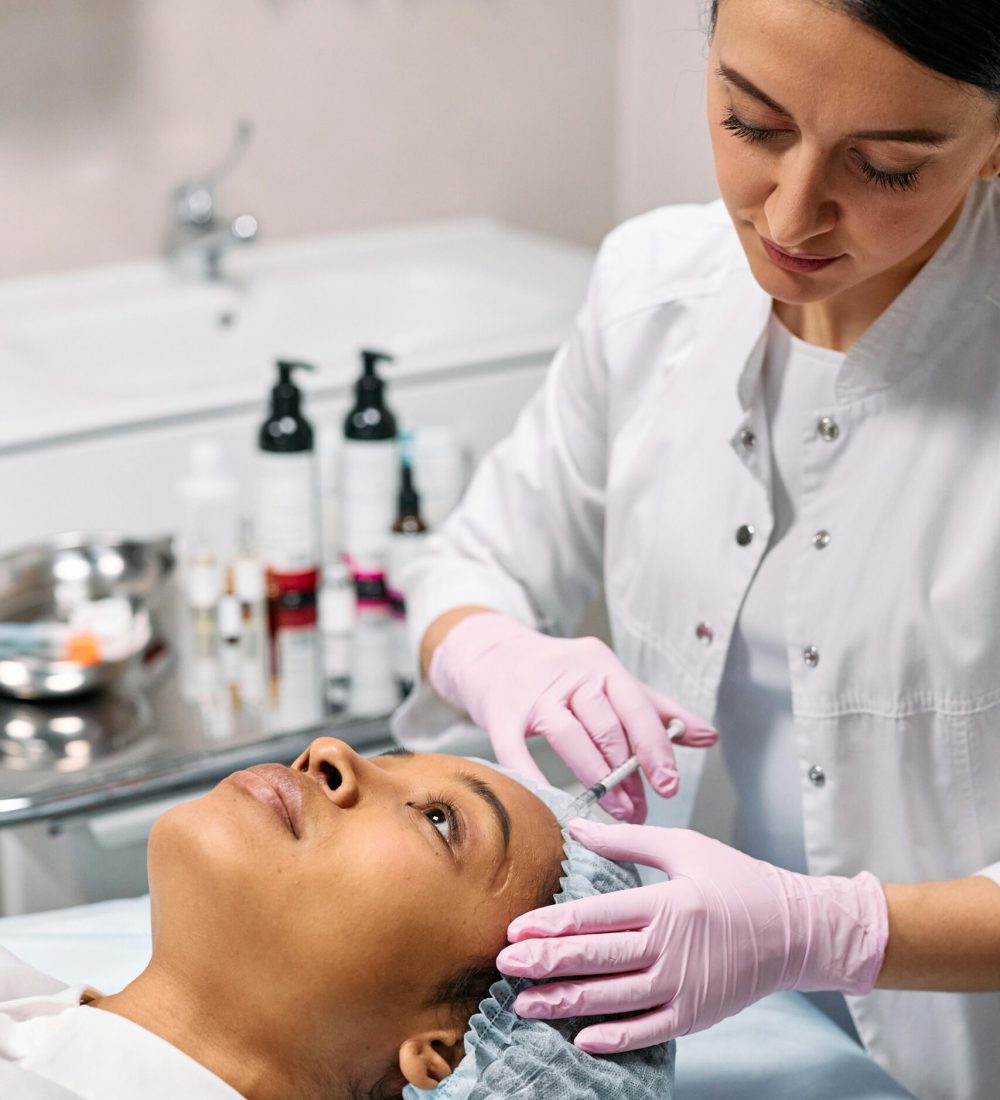
What Are Synthetic Fillers?
Synthetic fillers are cosmetic injectables designed to add volume, smooth wrinkles, and enhance facial contours for a youthful appearance. At Monterey MD Spa, we offer a variety of synthetic fillers, including:
- Polymethylmethacrylate (PMMA)
- Poly-L-lactic Acid
- Silicone
- Calcium Hydroxylapatite (CaHA)
These fillers provide long-lasting results, and our specialists will help you select the best option for your aesthetic goals.
Benefits of Synthetic Fillers
- Long-lasting results compared to natural fillers.
- Smooths wrinkles and fine lines effectively.
- Restores lost volume in areas like cheeks and lips.
- Enhances facial contours for a defined look.
- Stimulates collagen production for youthful skin.
- Minimally invasive with quick recovery.
- Customizable treatments for individual needs.
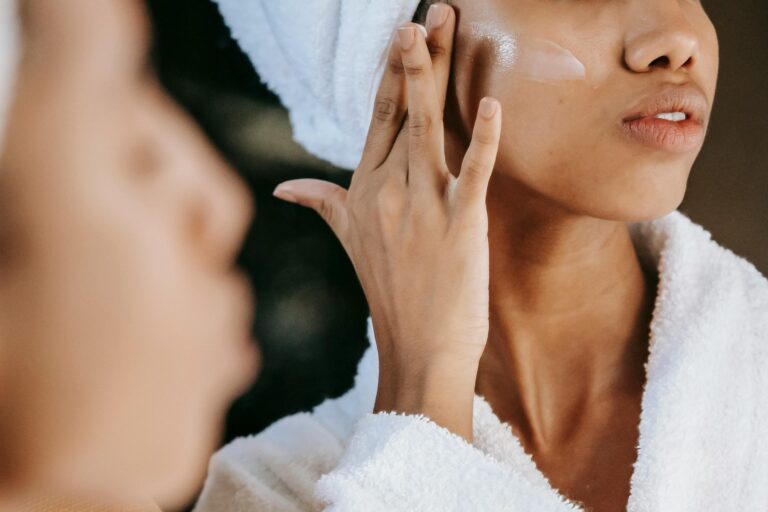
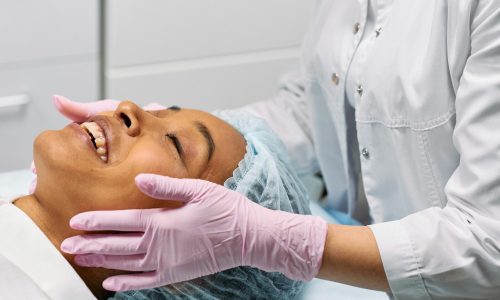
What Are Lip and Cheek Fillers?
Lip and cheek fillers are a type of dermal filler, a gel-like substance injected beneath the skin to add volume, smooth wrinkles, and improve facial symmetry. The most common type of filler used is made from hyaluronic acid (HA), a naturally occurring substance in the body that helps maintain skin hydration and plumpness. Other types of fillers may include calcium hydroxylapatite, poly-L-lactic acid, or polymethyl methacrylate (PMMA), depending on the desired results and patient preferences.
Why Choose Lip and Cheek Fillers?
Lip and cheek fillers offer a range of benefits, making them a popular choice for those looking to enhance their appearance. Some of the primary reasons people opt for these treatments include:
1. Enhancing Volume and Shape
○ Lips: Fillers can create fuller, more defined lips, enhance symmetry, and reduce the appearance of vertical lip lines (commonly known as “smoker’s lines”).
○ Cheeks: They can restore lost volume due to aging, enhance cheekbone definition, and provide a subtle lift to the mid-face.
2. Non-Surgical and Reversible
Unlike surgical procedures, fillers are minimally invasive, meaning no incisions or general anesthesia is required. Many HA fillers can be dissolved using an enzyme called hyaluronidase if the results are unsatisfactory.
3. Customizable Results
Treatments can be tailored to meet individual aesthetic goals, ensuring results that align with a person’s unique facial structure and preferences.
4. Quick and Convenient
The procedure typically takes 30-60 minutes and requires little to no recovery time, making it ideal for those with busy schedules.
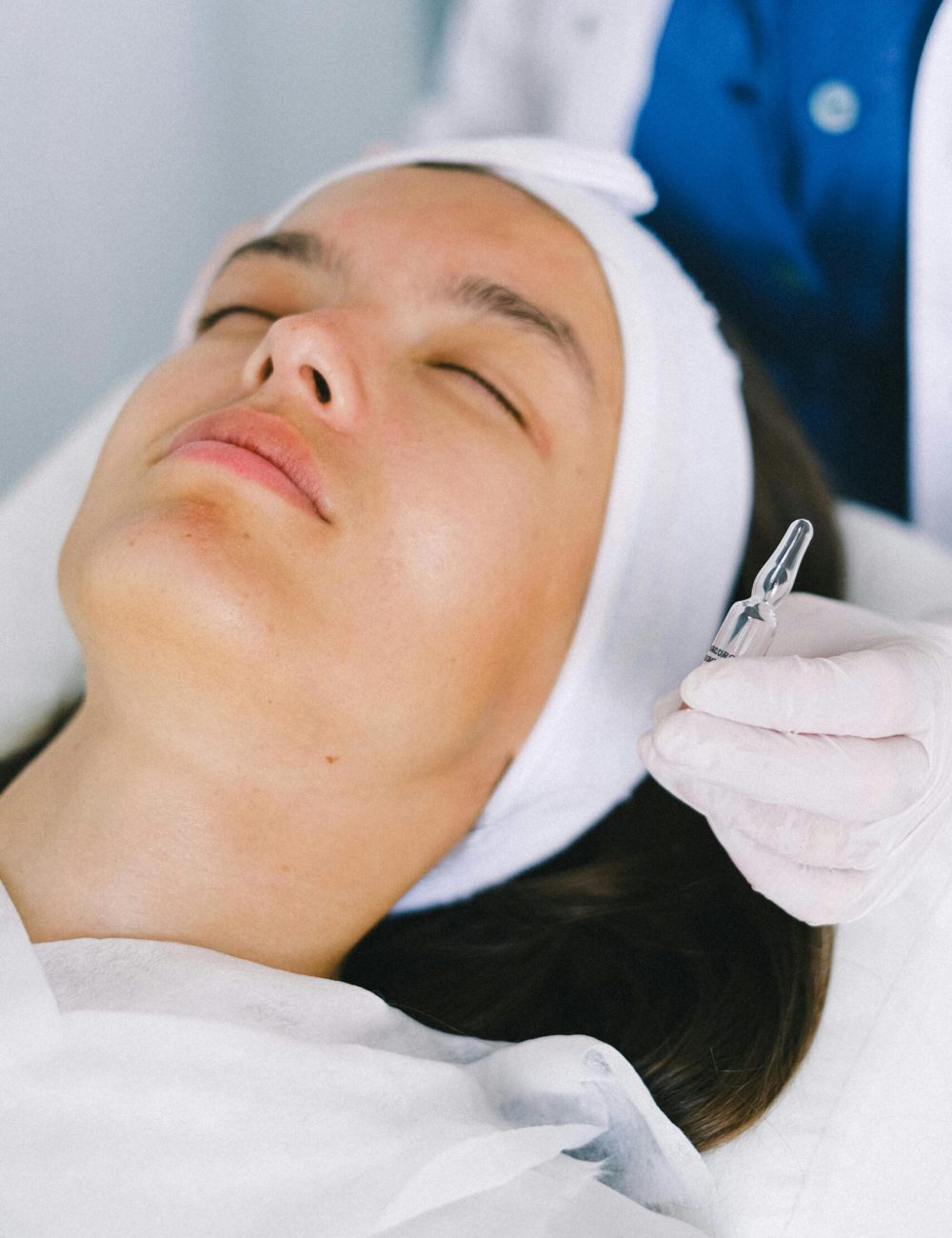
What to Expect During Filler Injections
The process of getting lip and cheek fillers is straightforward and begins with a consultation:
1. Initial Consultation
During the consultation, your practitioner will discuss your goals, evaluate your facial structure, and recommend a suitable filler type and treatment plan.
2. Preparation
Before the procedure, the treatment area will be cleaned, and a topical numbing cream or local anesthetic may be applied to minimize discomfort.
3. Injection Process
The filler is carefully injected using a fine needle or cannula. The practitioner may gently massage the area to ensure even distribution and a natural result.
4. Post-Treatment Evaluation
Once the injections are complete, the practitioner will evaluate the results and make any necessary adjustments.
Aftercare Tips
After receiving lip or cheek fillers, proper aftercare is essential for optimal results:
● Avoid Touching the Area: Refrain from touching, massaging, or applying pressure to the treated areas for at least 24-48 hours.
● Stay Hydrated: Hyaluronic acid fillers work best when the body is well-hydrated.
● Skip Intense Activities: Avoid strenuous exercise, saunas, and hot showers for 24 hours to reduce swelling and bruising.
● Use Cold Compresses: If swelling or bruising occurs, applying a cold compress can help alleviate discomfort.
● Follow Your Practitioner’s Instructions: Always adhere to any specific guidelines provided by your practitioner
How Long Do Fillers Last?
The longevity of lip and cheek fillers depends on the type of filler used and individual factors such as metabolism and lifestyle. On average:
● Lipfillers: Typically last 6-12 months.
● Cheekfillers: Can last 12-18 months or longer, as the cheek area tends to have less movement compared to the lips
Potential Risks and Side Effects
While lip and cheek fillers are generally safe when performed by a qualified practitioner, there are some potential risks and side effects, including:
● Temporary swelling, redness, or bruising at the injection site.
● Minor lumps or unevenness, which can usually be corrected.
● Rarecomplications such as infection, allergic reactions, or vascular occlusion (when a blood vessel is blocked).
To minimize risks, it’s crucial to choose a licensed and experienced professional for the procedure.
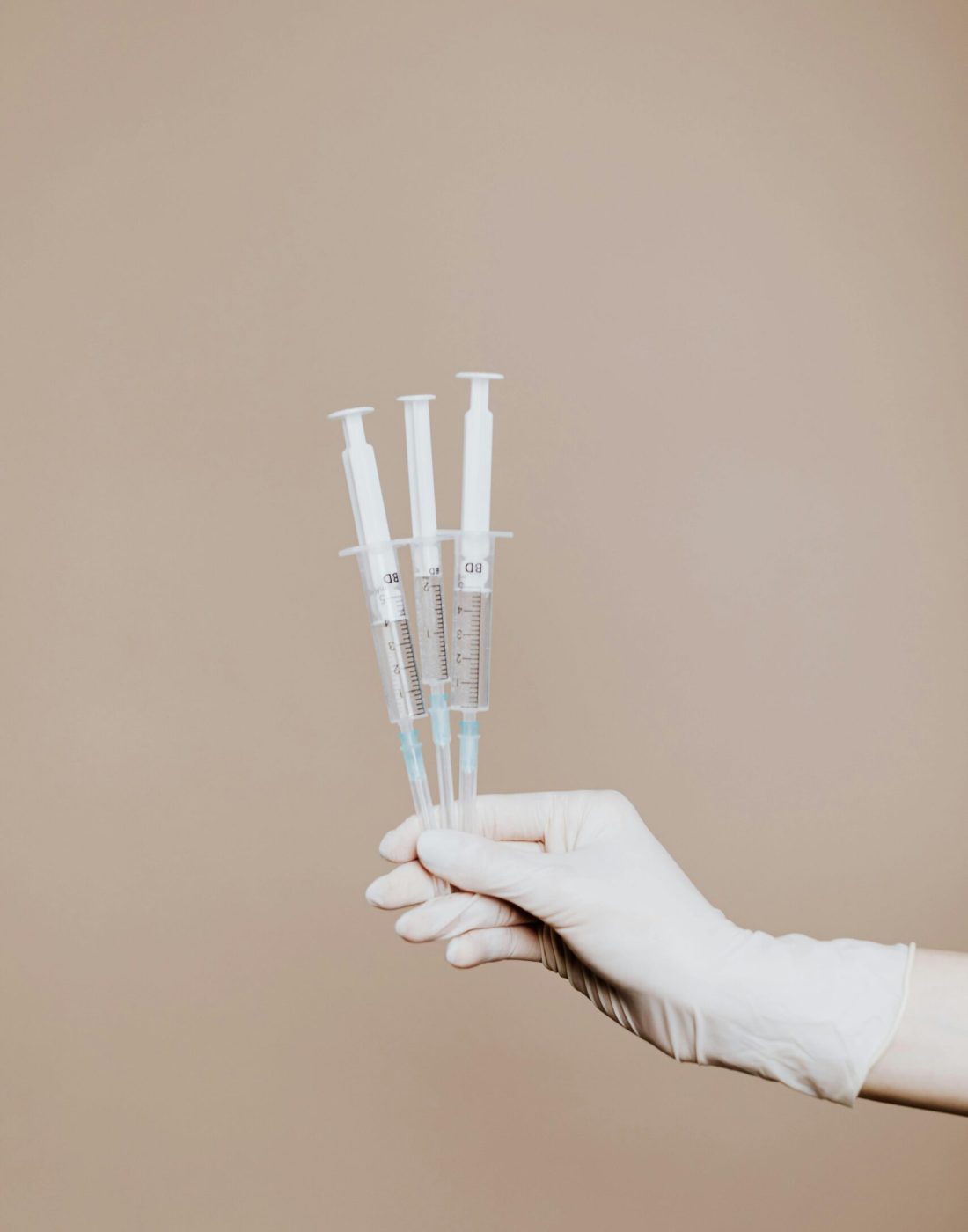
Who Is a Good Candidate for Fillers?
Most healthy individuals looking to enhance their facial features are good candidates for lip and cheek fillers. However, they may not be suitable for:
● Pregnant or breastfeeding individuals.
● Thosewith severe allergies or a history of allergic reactions to filler ingredients.
● People with certain medical conditions or skin infections in the treatment area.
Choosing the Right Practitioner
The success of your filler treatment largely depends on the expertise of the practitioner. When selecting a provider, consider:
● Their qualifications and certifications.
● Their experience with lip and cheek fillers.
● Reviews and before-and-after photos of previous clients.
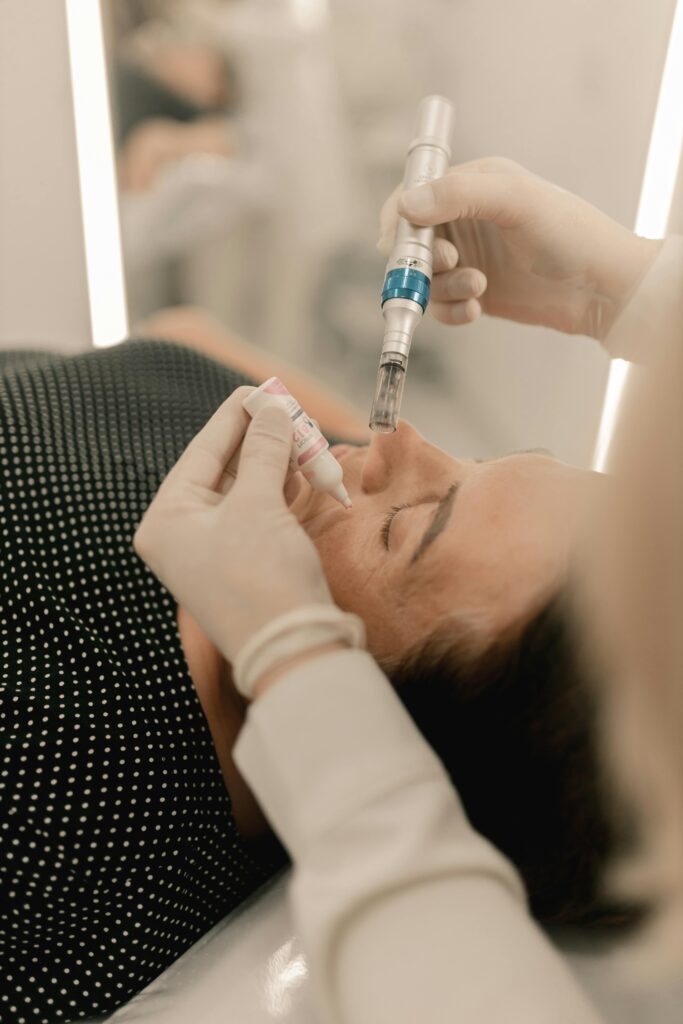
ENHANCE YOUR NATURAL GLOW
Take next step and shedule and appointment today
Contact us
